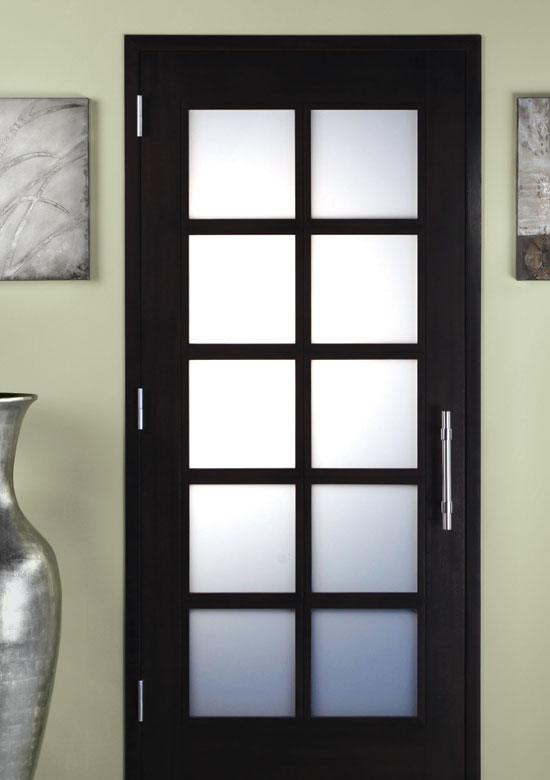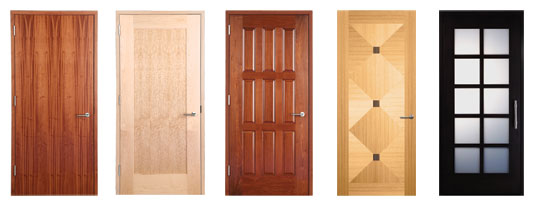Aesthetically Designed Architectural Door Openings
Learning Objectives:
- Write clear, correct, and concise specifications for aesthetically designed architectural openings that are also code compliant.
- Explore the benefits and understand the challenges of utilizing aesthetic doors and hardware.
- Recognize the various codes as related to doors and hardware, which affect the product selection.
- Describe various designs and color/ finishes available to create an aesthetically pleasing opening.
Credits:
Virtually every building project, new construction, or renovation requires attention to door openings. Properly located, they direct flow and movement through spaces for functional and safety purposes. The nature of door openings, however, is that they are made up of many individual components including wood, metal or glass doors, door frames, hardware, trim, closers, etc. Architects can sometimes view selecting and specifying all of these components on multiple doors as a bit of a chore, particularly if the focus is only on meeting life safety codes and other basic requirements. However, when coordinated and integrated door openings are recognized as truly significant design elements in interior spaces, they become real opportunities to move beyond the basics and enhance the overall building design and the indoor environment.
The Aesthetics of Door Openings
At a purely human level, door openings are the usual point where we actually touch the building and pass through one space to another. That experience can help us interact with the rest of the building when the door opening elements create unity with and reinforce the dominant design concept of the building. Conversely, when the door opening details are loosely coordinated, or worse, left to chance selection by others, then the experience of interacting with a door opening is less than positive. Since a lot of time and energy is usually expended to ensure harmony between all of the other functional and visual aspects of an interior space, it clearly follows that the design and integration of door openings significantly contributes to the success of any interior design.
Many successful architects have understood this concept of design integration based on using a strong unifying concept. Eero Saarinen for example produced designs that were indisputably invigorated by his passion for harmonious detail. He believed that good design respects context such that a lever on a door relates to a door in a frame which relates to a frame on a wall which in turn relates to a wall in a room while the room is connected to a building, and so on. He and other successful designers wouldn't delegate these important design elements to contractors or suppliers nor would they rely only on submittals to make product selections or determinations. Rather, they have given us the example of starting early in the programming, planning, or schematic design phases to identify their overall design concept and assure that door openings are considered as a consistent and integrated part of it. They are such strong contributors of the experience of the space, that to wait until later project phases overlooks the design impact of integrating door openings into the design at the earliest stages.
 |
Truly aesthetic door openings result from coordination of all door assembly components and deliberately integrating them with the overall design of the spaces they serve. Photo courtesy of ASSA ABLOY |
When designing and specifying door openings and each of their component pieces, other criteria certainly come into play and must be accounted for as well. Appropriate fire ratings of doors and frames need to be provided in all fire-rated walls. In many settings, the issue of appropriate isolation for security or access control is important. Increasingly, sound control is an issue in interior spaces either for privacy or to meet green building standards. And the materials used for door opening components should of course contribute to energy efficiency, sustainable design, and good construction practices.
The good news in thinking about all of these other criteria is that none of them need to be a cause for design compromise. The marketplace has provided a full array of door opening components that can readily meet the various performance criteria and still be consistent with the overall aesthetic and building design. That means it is often very easy to start with the design concept and aesthetic of door openings first, and then readily be able to specify products that can meet the other code and functional requirements.
With all of the above in mind, let's turn our attention to each of the individual components of door openings and look at how the balance between design aesthetic and technical performance is readily achieved in each.
 |
Some common wood doors in both flush and stile and rail types. Photos courtesy of ASSA ABLOY |









